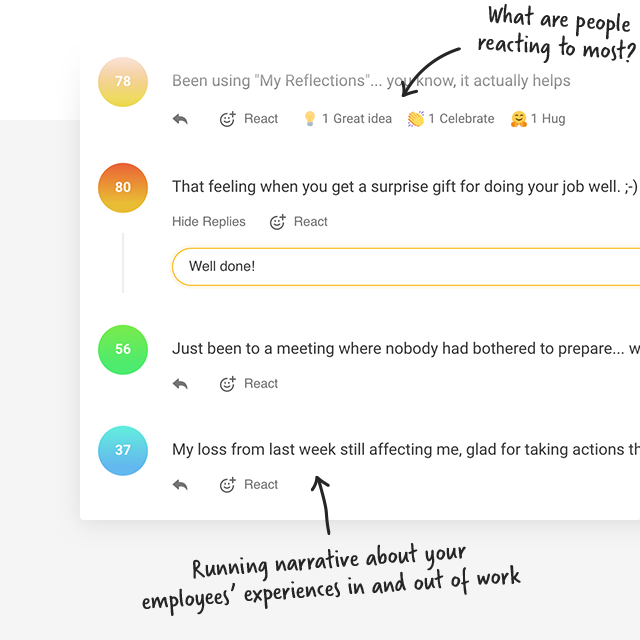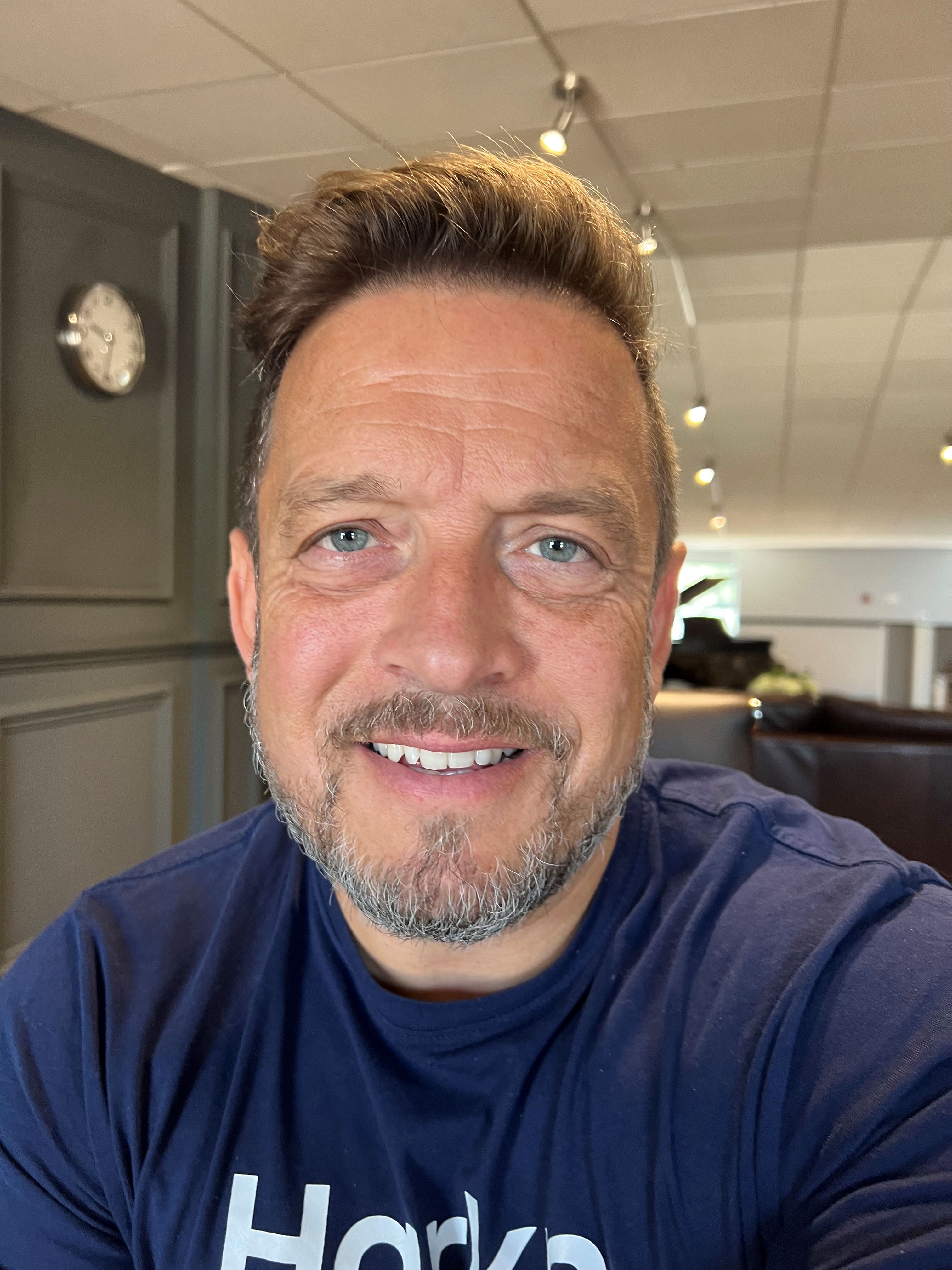Decades of research into why employees fail to speak up at work has produced consistent results; silence in hierarchies is instinctive and safe. Put simply, for most people at work, safe is better than sorry.
It’s not difficult to understand how we've ended up here.
None of us wants to be labelled as ignorant, so we avoid asking questions. We don’t want to be seen as incompetent, so we’re reluctant to ask for help or admit a mistake. A reputation for negativity could be equally damaging, so we won't challenge the status quo.
And we won’t offer our guidance or advice to our colleagues unless explicitly asked, because who wants to be the team know-it-all?
Silence is the norm because the alternatives are risky.
Imagine how your company would function if all your employees felt able to share what they felt, thought, and experienced at work. The rewards for companies that can unlock the powerful voices of their employees are potentially huge.
What we’re talking about here is creating psychological safety, a term first coined by Harvard professor Amy Edmondson.
Psychologically safe environments are places where “people feel able to show and employ one’s self without fear of negative consequences of self-image, status or career”, as William Kahn described it.
Companies that unlock the voices of their employees in an effective way can enjoy widespread benefits.
"[In psychologically safe environments, people feel able to show and employ one's self without fear of negative consequences of self-image, status or career."
Psychological safety in practice
When Google's famous 'Project Aristotle' asked "what makes a team effective at Google?", they landed on psychological safety as the most important characteristic.
Timothy R. Clark came up with a framework titled '4 Stages of Psychological Safety.'
In that framework, he defined psychological safety as "a condition in which human beings feel (1) included, (2) safe to learn, (3) safe to contribute, and (4) safe to challenge the status quo – all without fear of being embarrassed, marginalised, or punished in some way."
Thinking back to my early career, I can see how the make-up of a team influenced how I would behave and what I contributed. Equally, my behaviour will have affected others’ ability to speak up or contribute fully. In fact, it almost certainly continues to influence how others behave and how they feel, too.
Put simply, circumstances play a significant role in determining which stage of Clark’s model we are at at a given time.
"[Psychological safety is] a condition in which human beings feel (1) included, (2) safe to learn, (3) safe to contribute, and (4) safe to challenge the status quo – all without fear of being embarrassed, marginalised, or punished in some way."
The challenge for organisations
Every company is likely home to both safe places – where people will share ideas in the knowledge that they’ll be well-received, and unsafe places – where people will be reluctant to share the same idea for fear of causing an adverse reaction.
When it comes to highlighting risks or concerns, there will likely be fewer perceived safe places for employees. After all, there have almost always been consequences for sharing such information until very recently and it will take time for people to forget that.
Psychological safety is fragile, subjective, highly dynamic and – like most other things in the workplace – context-sensitive.
Achieving it is a significant challenge alone, but sustaining it is another one altogether. There are so many moving parts in organisations that the conditions required for safety will constantly be under threat.
A change in hierarchy, a shift in team dynamics, or even the urgency of the latest strategic imperative can swiftly derail psychological safety.
It’s a complex challenge but one that is almost certainly worth the effort. It might also be precisely the sort of challenge that technology can give you a head start in.
Anonymous, empowered employee voice
New applications for our unique listening platform have emerged as we’ve developed, and one such application is providing a foundation for psychological safety. More than that, it’s not just a foundation; it moves your company directly to stages 3 and 4 in Dr Tim’s model.
Our daily check-in routine encourages everyone to share how they’re feeling and what’s going on for them - primarily to understand more about emotional wellbeing and day-to-day experience, but, over time, we’ve learned it does so much more.
This daily check-in process is anonymous and entirely without constraint or direction, which means people can write and share anything they choose. It’s this absence of constraint along with anonymity that presents the opportunity to make significant leaps in psychological safety.

Harkn for psychological safety
Communicating without status – without avatars, visible profiles, or personas – is wonderfully liberating. There's no risk in speaking the truth, and there's no benefit to lying.
Armed with psychological safety, we can focus on working together to solve problems and take effective action – rather than focusing simply on problem identification or venting.
Most importantly, anonymity teaches us how to listen better and respond appropriately. "I've heard you, thank you for sharing" is often sufficient when it's followed by suitable action.
It's vital that we encourage employees to share things that only they can tell us, whether the news is good or bad.
Through a tool like Harkn, where your people can share without judgement and fear, you gain the invaluable insights you need to make better decisions, faster.
Learn more about how our platform embeds psychological safety in workplace culture here, or chat to us over a virtual coffee.




